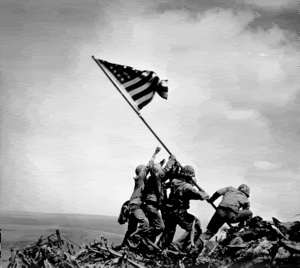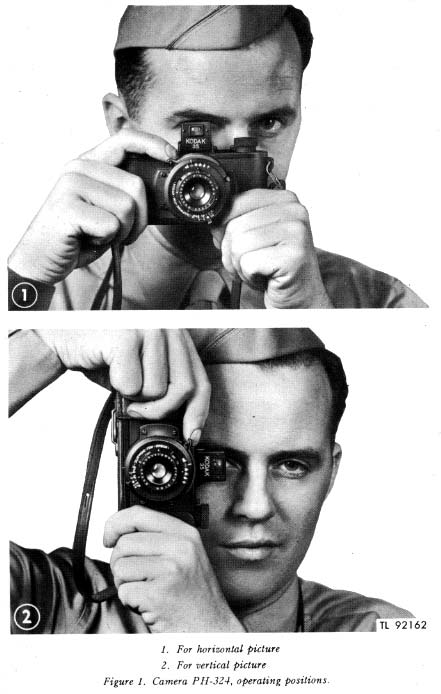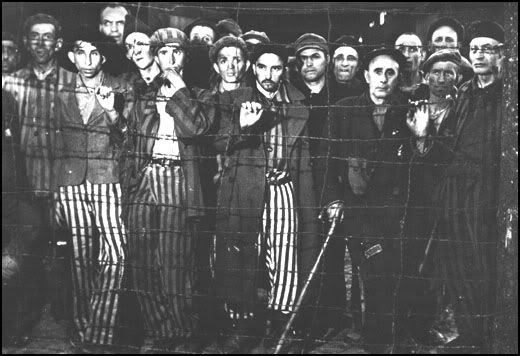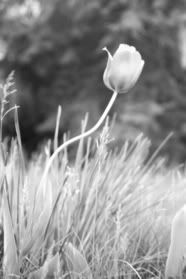
The development of multi-layer color negative films occurred during this time period. Fuji Photo Film, founded in 1934, was used in cameras. By 1938, Fuji began making cameras and lenses as well. Eastman Kodak introduced Kodacolor negative film in 1941, rivaling Fuji. Because the film was different from those we have today, a different process of developing, known as C-22, was used around the world during the war; the modern C-41 color negative processing that we have at the 1-hour today didn't come along until 1973. Many G.I.s carried cheap PH-324 TM 11-2361 cameras, the military version of the Kodak 35.

War photographers at the time probably used more advanced versions of the cameras used by the G.I.s. They also used K-20 aerials(Margaret Bourke-White, in particular), Speed Graphics, Rolleiflex automats, Robot Star 25s, Linhof Technika IIs, and Soho cameras. Bell & Howell Eyemo cameras, supplied with Cooke lenses, were widely used for journalist purposes during the war, including documentaries. The world of photography was just beginning to enter its pre-modern stage during the war era. Color film was a new development at the time and darkrooms were still a necessity, making wartime photography very difficult and time-consuming.
Though there were scores of amazing photographers during World War II, I have chosen to focus on Margaret Bourke-White and Art Green.
Alongside numerous photographer giants of the time, including Carl Mydans and Robert Capa, Margaret Bourke-White covered the war as a photojournalist for LIFE magazine.
Bourke-White was one of the first photographers to photodocument the horrors of the Nazi concentration camps. She took many heart-wrenching (and stomach-churning) photos that helped inform the United States as to what was really going on overseas.

The Living Dead of Buchenwald, Margaret Bourke-White, April, 1945
Art Green was a photographer on the U.S. Coast Guard destroyer escort USS Menges. Numerous historical events live on through his photographs.

Art Green at work.
Not only did photographers inform the world about the atrocities of war on the battlefield and in prisoner camps, they also aided in expanding the intelligence of the military through aerial reconnaissance. Basically, photographers would fly above enemy territories and take pictures from above. These photos were then developed and analyzed by military strategists. Famous aerial photos taken above Auschwitz led to the discovery of a number of concentration camps.
Many photojournalists of the time sacrificed their lives to show us the world they saw around them. In the eyes of many, these soldiers with cameras served as martyrs that died in order to open our eyes to the truth--not only the truth the Germans tried to hide from the world, but the truth we tried to hide from ourselves.

| Wartime Photographers |
Some Interesting WWII Photographers
Bibliography
World War II Photographers
History of Photography
Combat Photographers
Art Green: Photographer at War